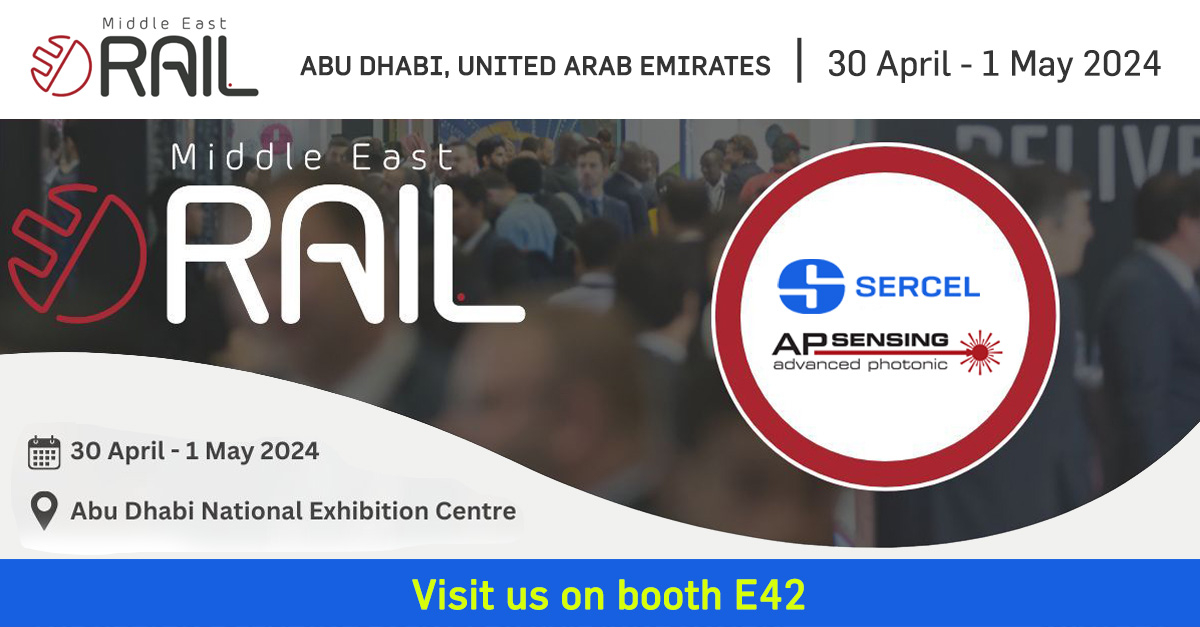In the ever-evolving landscape of environmental sustainability, the International Maritime Organization (IMO) has set a bold target: Net Zero by 2050 (see figure 1).

THE CHALLENGE
The maritime industry is a critical player in global trade and transportation. However, the sector's reliance on fossil fuels has raised concerns about its impact on the environment. To address this, the IMO has laid out a comprehensive strategy to reduce greenhouse gas (GHG) emissions, aiming for Net Zero by 2050. Achieving this goal necessitates a radical transformation in the way maritime operations are conducted.
THE MARLIN APPLICATION SUITE: A BEACON OF SUSTAINABILITY
Enter the Marlin Application Suite, our cutting-edge software solution tailored to support organizations in aligning with the IMO's Net Zero strategy.
The Marlin Application Suite is more than just a tool; it's a comprehensive approach to sustainability that empowers maritime organizations and their users to make informed decisions, streamline operations, and reduce their carbon footprint.
A look at the key Marlin Application Suite approaches that can support Net Zero 2050:
- Material Management
Efficient cargo management can reduce the need for additional voyages, optimizing the use of vessel capacity, and minimizing fuel consumption per ton of cargo transported.
- Route Optimization
Optimize vessel routes, considering factors such as fuel efficiency, weather conditions, and emissions. By choosing the most eco-friendly routes, organizations can significantly reduce fuel consumption and associated emissions. This optimization can contribute to reducing the overall carbon footprint of maritime operations.
Performance Monitoring
Monitor the performance of vessels in real-time, identifying inefficiencies and providing insights for optimizing fuel consumption. This, in turn, helps reduce greenhouse gas emissions.- Non-Productive Time (NPT)
Improved planning and scheduling can minimize the vessel's non-productive time, resulting in reduced waiting periods and less fuel consumption during dynamic positioning than initially anticipated. This optimization can be beneficial.
Contract Management PerformanceEstablish key performance indicators (KPIs) to evaluate vessel performance systematically. These benchmarks can be used to measure and compare the efficiency of different vessels, enabling better contract negotiations and guiding future procurement decisions.
- Technology Integration
The integration of advanced technologies is a key element of The Marlin Application Suite, where our teams are tuned into connecting with other technologies to support the clients’ overall goals.

DISCOVER MARLIN APPLICATION SUITE
Embrace the Marlin Application Suite and navigate towards a greener, more sustainable tomorrow.
Test du style H1
Test du style H2
Test du style H3
Test des bullets number list
- Liste
- Liste
- Liste
- Liste
Test du tableau
| Col1 | Col2 | Col3 | Col4 | Colt | Col5 |
| 1 | 2 | 3 | 4 | T | 5 |
| T | R | T | E | T | R |




